Nissan's Ghosn Worried About Power. The Power Of The Yen

With the closure of Japan’s last operating nuclear power plant hitting the news over the weekend, people asked me what that means for Japan’s auto industry. My answer: Nothing. The shutdown of the first nukes on March 11 a year ago was much more dangerous than the long scheduled downing of the last. Nissan’s Carlos Ghosn sees a much bigger danger: the power of the yen. The high yen at the currency exchange. And higher yen numbers on the electricity bill.
The sudden loss of electricity generating capacity following the March 11 earthquake and tsunami last year was a shock. Japan and its auto industry rode it out without a blackout.
The work-week was rearranged to smooth out demand. Carmakers built private power plants. Rigorous saving regimes were enacted. When financial results for fiscal 2011 will be announced this week, top brass of Japan’s automakers will leave their ties at home. Signified by open collars, a new “Super Cool Biz” season starts, with thermostats turned to barely bearable, and with hallways dimmer than a Kabukicho cocktail bar.
One year after the quake, Japan’s luckless TEPCO utility is looking at a power surplus. It has added new gas turbine facilities and is increasing capacity by bringing closed thermal plants back online. In the Osaka area, served by Kansai Electric, outages are more likely than in TEPCO’s service area.
In general, Japan’s automakers are far less concerned of running out of power than a year ago. They are much more worried about the extra cost of power. Nissan CEO Carlos Ghosn writes today in a blog in The Nikkei [sub]:
“Tokyo Electric Power (TEPCO), operator of Fukushima Daiichi and the largest energy supplier in Japan, began on April 1 to raise electricity rates for industrial and other large contract customers by an average 17%, the first such hike in three decades, which it attributed to some 830 billion yen in additional fuel costs.
Let me raise some figures. At Nissan, electricity accounts for about 10,000 yen of each car’s assembly cost. This increase will mean an additional 2,000 to 3,500 yen in additional production expense at some factories, which does not include the impact on our parts suppliers.”
2,000 to 3,500 yen per car are about $25 to $44 per unit. This may not sound like a big number, but with razor-thin margins, every yen counts. Ghosn and his Japanese colleagues are more concerned about the power of the runaway yen. After a short respite in March, the dollar has fallen below the 80 yen mark, and the trend points to a further strengthening.
While Ford’s Steve Biegun counts on an ignorant audience when he claims that the Japanese government keeps the yen low, just the opposite happens. A powerless government watches a rising yen destroy the remainder of Japan’s export machine.
Says Carlos Ghosn:
“I have been consistent in my call for urgent action to normalize the value of the Yen. The challenge now faced by industry over the stability and pricing of energy must be taken as seriously.”
Maybe Ghosn and the Japanese government should ask Ford how to manipulate the yen. Ford seems to be the only one who claims to know how it’s done.

Bertel Schmitt comes back to journalism after taking a 35 year break in advertising and marketing. He ran and owned advertising agencies in Duesseldorf, Germany, and New York City. Volkswagen A.G. was Bertel's most important corporate account. Schmitt's advertising and marketing career touched many corners of the industry with a special focus on automotive products and services. Since 2004, he lives in Japan and China with his wife <a href="http://www.tomokoandbertel.com"> Tomoko </a>. Bertel Schmitt is a founding board member of the <a href="http://www.offshoresuperseries.com"> Offshore Super Series </a>, an American offshore powerboat racing organization. He is co-owner of the racing team Typhoon.
More by Bertel Schmitt
Latest Car Reviews
Read moreLatest Product Reviews
Read moreRecent Comments
- ToolGuy First picture: I realize that opinions vary on the height of modern trucks, but that entry door on the building is 80 inches tall and hits just below the headlights. Does anyone really believe this is reasonable?Second picture: I do not believe that is a good parking spot to be able to access the bed storage. More specifically, how do you plan to unload topsoil with the truck parked like that? Maybe you kids are taller than me.
- ToolGuy The other day I attempted to check the engine oil in one of my old embarrassing vehicles and I guess the red shop towel I used wasn't genuine Snap-on (lots of counterfeits floating around) plus my driveway isn't completely level and long story short, the engine seized 3 minutes later.No more used cars for me, and nothing but dealer service from here on in (the journalists were right).
- Doughboy Wow, Merc knocks it out of the park with their naming convention… again. /s
- Doughboy I’ve seen car bras before, but never car beards. ZZ Top would be proud.
- Bkojote Allright, actual person who knows trucks here, the article gets it a bit wrong.First off, the Maverick is not at all comparable to a Tacoma just because they're both Hybrids. Or lemme be blunt, the butch-est non-hybrid Maverick Tremor is suitable for 2/10 difficulty trails, a Trailhunter is for about 5/10 or maybe 6/10, just about the upper end of any stock vehicle you're buying from the factory. Aside from a Sasquatch Bronco or Rubicon Jeep Wrangler you're looking at something you're towing back if you want more capability (or perhaps something you /wish/ you were towing back.)Now, where the real world difference should play out is on the trail, where a lot of low speed crawling usually saps efficiency, especially when loaded to the gills. Real world MPG from a 4Runner is about 12-13mpg, So if this loaded-with-overlander-catalog Trailhunter is still pulling in the 20's - or even 18-19, that's a massive improvement.




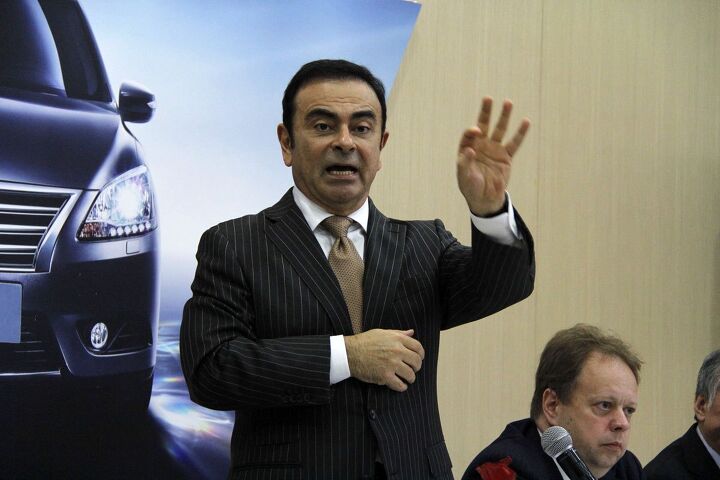
























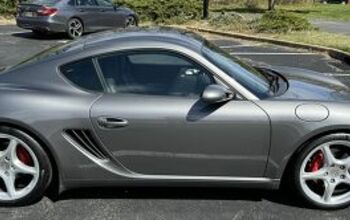


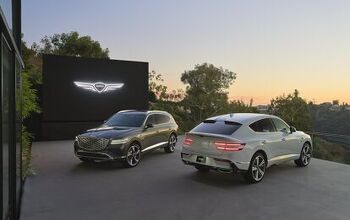





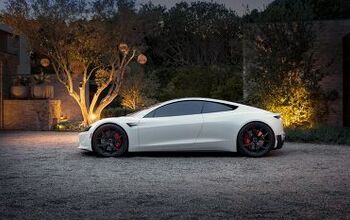

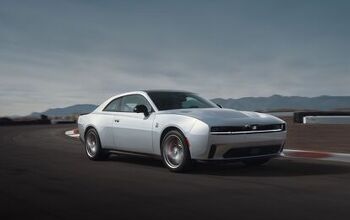

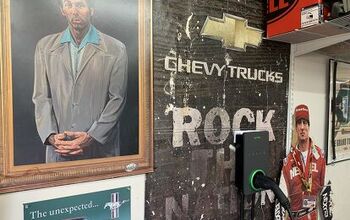

Comments
Join the conversation
I still haven't figured out how Mr Bean got to run a car company. Does the hilarity ensure at Nissan HQ?
Is that Baldrick sitting to his left? Notice the expression on Baldrick's face in pic 7. Now that's a looks that says: "I can't believe he actually said something that stupid here."